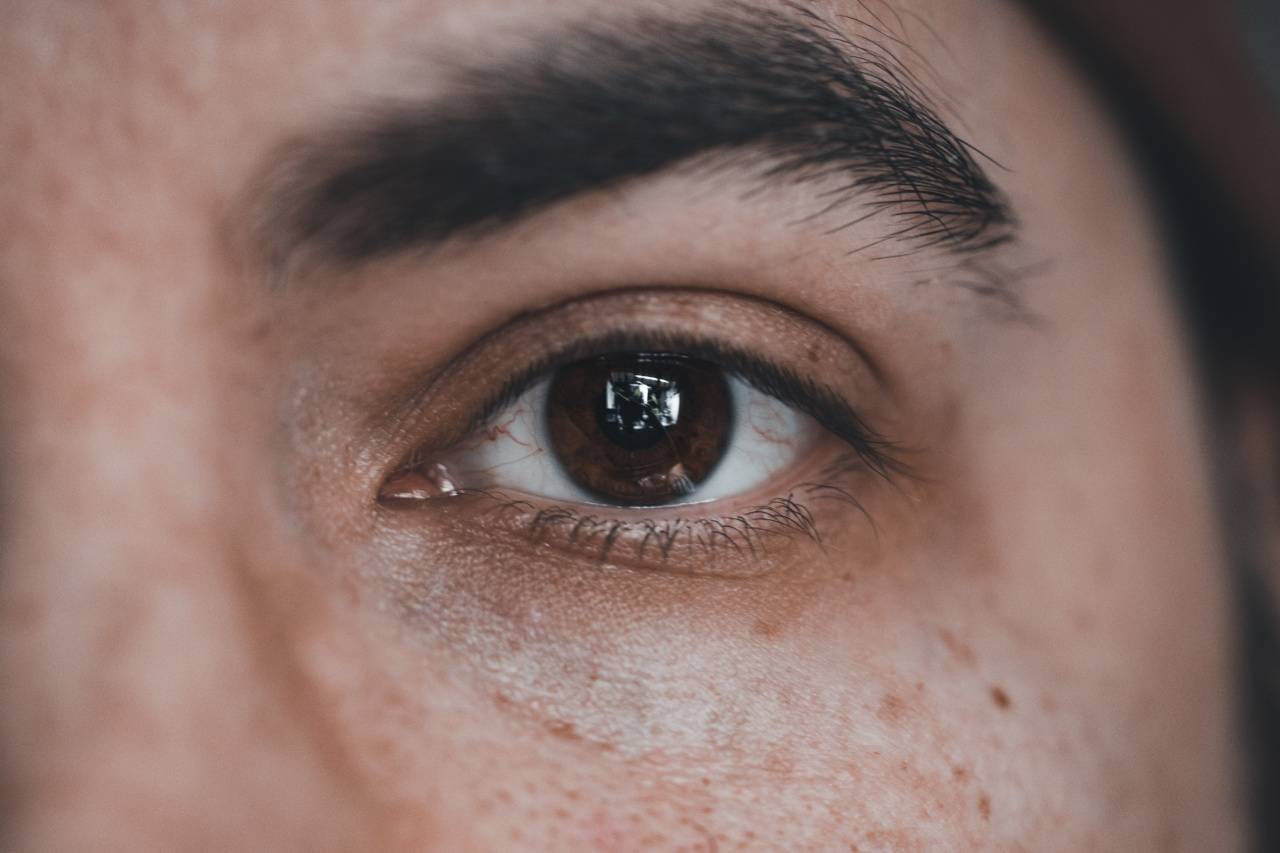Eye allergies are a common condition that many people struggle with. The symptoms can be uncomfortable, and in some cases, severe enough to impact daily activities.
Whether caused by seasonal allergens, pet dander, or dust mites, there are steps you can take to manage and even conquer your eye allergies once and for all. In this article, we’ll explore the causes and symptoms of eye allergies, as well as effective solutions for lasting relief.
What Causes Eye Allergies?
Eye allergies are the result of the body’s immune system reacting to a substance that is typically harmless. This substance, known as an allergen, triggers an immune response that leads to various symptoms, including itchy and watery eyes.
The most common allergens that trigger eye allergies include:.
- Pollen
- Pet dander
- Dust mites
- Mold spores
- Cigarette smoke
- Perfume or cologne
What Are the Symptoms of Eye Allergies?
Eye allergies typically produce a range of uncomfortable symptoms that impact the eyes and surrounding areas. Some of the most common symptoms of eye allergies include:.
- Itchy eyes
- Red eyes
- Watery eyes
- Sensitivity to light
- Burning sensation in the eyes
- Puffy eyelids
Conquering Your Eye Allergies
If you’re tired of dealing with the uncomfortable symptoms of eye allergies, there are several steps you can take to manage and even conquer your condition. Some of the most effective solutions for lasting relief include:.
1. Identify Your Triggers
The first step in conquering your eye allergies is to identify the specific triggers that cause your symptoms. Keeping track of your symptoms and noting when they occur can help you pinpoint the allergens that are causing your reactions.
Once you know your triggers, you can take steps to avoid or reduce your exposure to them.
2. Manage Your Environment
If your eye allergies are triggered by environmental allergens, there are steps you can take to manage your surroundings and reduce your exposure.
For example, using an air purifier can help filter out contaminants and irritants in the air, while using dust-proof covers on bedding and furniture can prevent dust mites from accumulating. Additionally, regularly washing your hands and face can help remove allergens from your skin and prevent them from coming into contact with your eyes.
3. Use Over-The-Counter Medications
Over-the-counter (OTC) antihistamines and decongestants are a popular option for managing eye allergies. These medications work by blocking the release of histamine in the body, which is responsible for many of the uncomfortable symptoms of allergies.
OTC eye drops can also be effective in relieving redness, itching, and irritation in the eyes.
4. Try Prescription Medications
If OTC medications are not providing enough relief, prescription medications may be necessary. Prescription-strength antihistamines and decongestants can provide more comprehensive relief for more severe eye allergies.
Additionally, eye drops containing corticosteroids may be recommended to reduce inflammation and swelling in the eyes. However, these medications may have side effects and should be used under the supervision of a doctor.
5. Consider Allergy Shots
Allergy shots, also known as immunotherapy, are a long-term solution for managing eye allergies. These shots work by gradually exposing the body to small amounts of the allergens that trigger an immune response.
Over time, the body becomes less sensitive to these allergens, which can result in reduced symptoms and lasting relief. Allergy shots are typically administered over the course of several months or years, and may require ongoing maintenance.
Conclusion
Although eye allergies can be uncomfortable and disruptive, there are steps you can take to manage and conquer your condition once and for all.
Whether through identifying your triggers, managing your environment, using medications, or undergoing immunotherapy, there are effective solutions that can provide lasting relief. By taking an active role in managing your eye allergies, you can enjoy clearer, more comfortable vision and improved quality of life.































